Description
4-MeO-PCP
Product information
IUPAC-name 1-[1-(4-methoxyphenyl)cyclohexyl]-piperidine
Synonyms 4-MeO PCP, 4-MeO Phencyclidine, Methoxydine, 4-Methoxyphencyclidine, 4-methoxy PCP
Formal name 1-
Cas number 91164-58-8
Formula C18H27NO
Molar Mass 273.420 g·mol−1
Purity 98.0 % min.
Formulation Powder, A crystalline solid
Solubility
- DMF: 16 mg/ml
- DMSO: 11 mg/ml
- Ethanol: 20 mg/ml
- PBS (pH 7.2): 10 mg/ml
4-MeO PCP, 4-MeO Phencyclidine, Methoxydine, 4-Methoxyphencyclidine, 4-methoxy PCP
4-Methoxyphencyclidine is a dissociative drug that was first discovered in 1965 by Victor Maddox. In 1999, a review published by John Q. Beagle suggested that the 4-MeO-PCP’s potency was reduced relative to that of PCP. Two years later, he released a detailed report on the drug’s synthesis.
4-Methoxyphencyclidine is a dissociative substance which belongs to the arylcyclohexylamine class that can produce hallucinogenic effects.
In 2008, a company known as CBAY launched 4-MeO-PCP online. It was followed by other related compounds such as 3-O-P and methoxetamine.
Although it has a lower affinity for the N-terminal domain receptor than ketamine, 4-MeO-PCP is more active in a dosage range that’s similar to that of ketamine. Some users reported experiencing substantial differences in its active dose.
4-MeO-PCP has a Ki value of 404 nM for the NMDA receptor. It also has a high affinity for the serotonin transporter and the 1 receptor.
Chemistry
4-MeO-PCP (also known as 4-Methoxycyclohexylphencyclidine) is a dissociative of arylcyclohexylamine. It has a piperidine ring and an aromatic phenyl ring.
Pharmacology
4-MeO-PCP is an antagonist of the NMDA receptor. This protein prevents the signals from entering the brain and spinal column by closing the NMDA receptors. It has higher affinity for the NMDRCA than ketamine. This drug is commonly used by users wanting high doses for desired effects.
Users have reported significant differences in the active dose of 4-MeO-PCP. This can be partly explained by the presence of impurities in the samples sold on the black market.
The toxicological and physiological properties of this compound has not been analyzed. Usage of this Chemical should be for research and forensic purposes only.
WARNING This product is not for human or veterinary use.
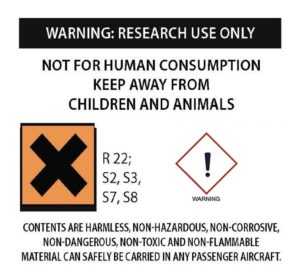
This product is only available to persons of 21 years old and above.
Hazard statement(s)
| H302 | Harmful if swallowed |
| H315 | Causes skin irritation |
| H319 | Causes serious eye irritation |
| H332 | Harmful if inhaled |
| H335 | cause respiratory irritation |
| H336 | cause drowsiness or dizziness |
| Precautionary statement(s) | |
| P264 | Wash hands thoroughly after handling |
| P280 | protective gloves/protective clothing/eye protection/face protection |
| P305 + P351 + P338 | IF IN EYES: Rinse cautiously with for several minutes. Remove contact lenses, if present and easy to do. Continue rinsing. |
| P337 + P313 | If eye irritation persists: Get medical advice/attention |
| P261 | Avoid breathing dust/ fume/ gas/ mist/ vapors/ spray |
| P271 | Use only outdoors or in a well-ventilated area |
| P304 + P340 | IF INHALED: Remove victim to fresh air and keep at rest in a position comfortable for breathing |
| P312 | Call a POISON CENTER or doctor/physician if you feel unwell |
| P403 + P233 | Store in a well-ventilated place. Keep container tightly closed |
| P405 | Store locked up |
| P501 | Dispose of contents/container to a licensed disposal company |

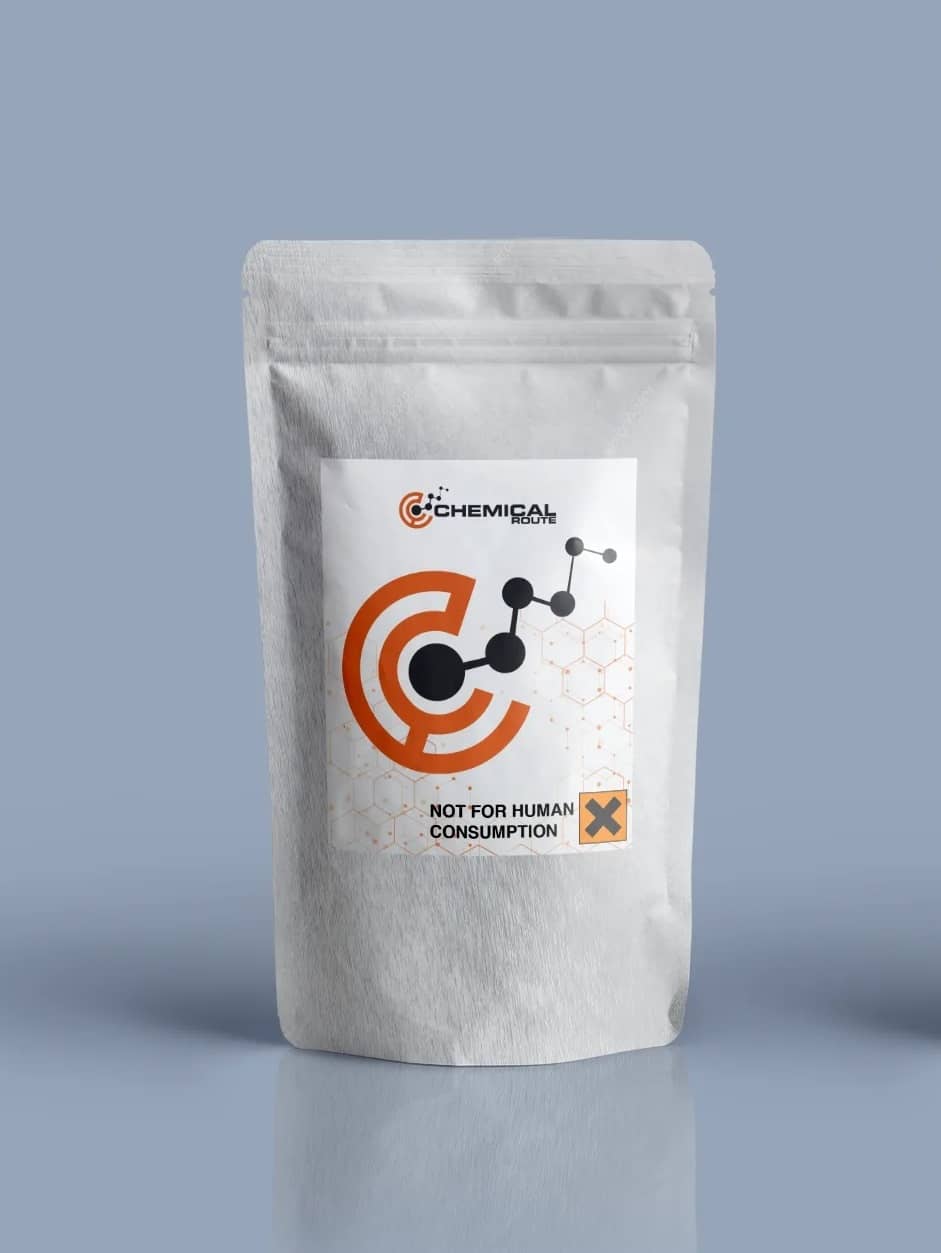
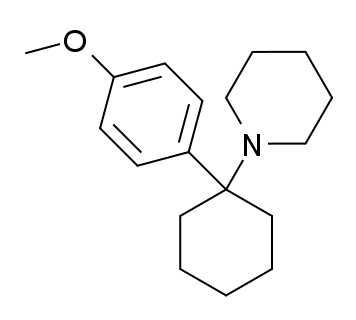
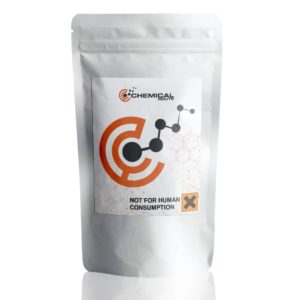
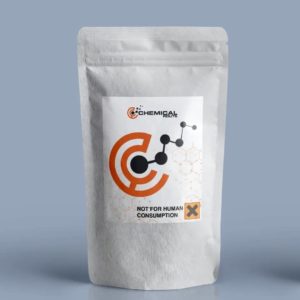
Reviews
There are no reviews yet.